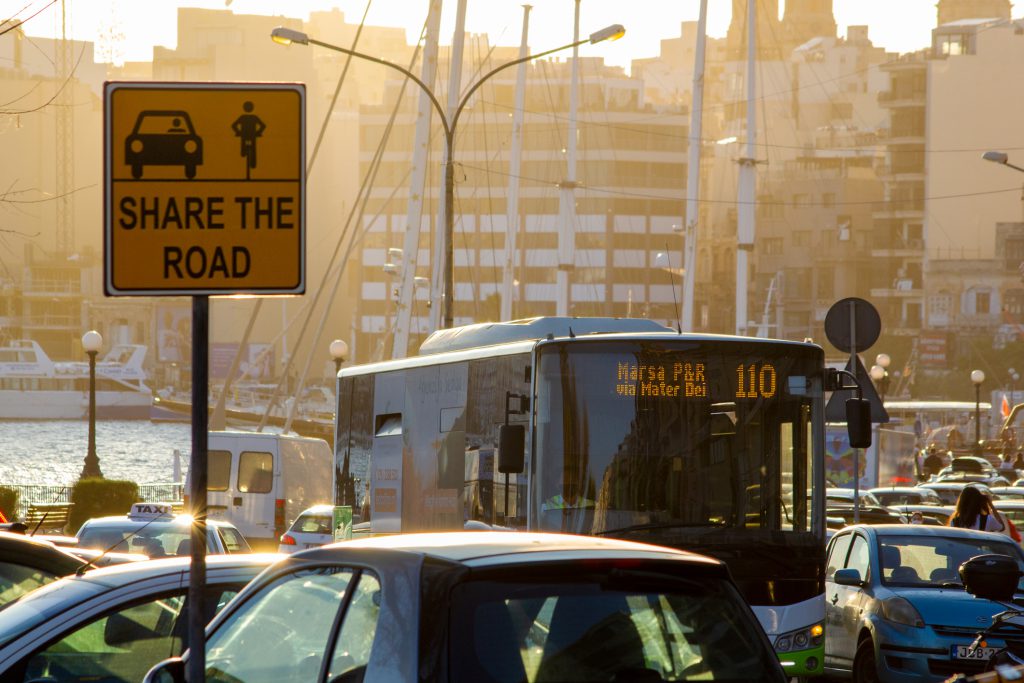Traffic likely to get worse as more and more cars on the road

Traffic congestion is set to go from bad to worse as the number of licenced vehicles on Maltese roads has maintained its upward trend reaching a total of 438,567 by the end of last year.
Data published by the National Statistics Office shows that except for a brief period in 2020 which coincided with the outbreak of Covid-19, the number of licenced vehicles has been increasing at a fast rate which at times hovered around 60 per day.
Such trend is seriously undermining infrastructural projects being carried out at critical traffic junctions, as by the time these projects are completed the volume of traffic they are supposed to handle would have risen once again. Hence, the expected traffic mitigation impact of constructing multi-level junctions and flyovers would be reduced, meaning that the expected improvements would be for the short-term. In other words, the constant increase in licenced vehicles is akin to shifting the goal posts continually.
Meanwhile efforts to promote the bus service by making it free of charge, have had very limited success as the increase in usage did not result in people ditching their private car. Instead, the rise was due to a population spike fuelled by third country nationals who have no means to buy their own vehicle.
Other proposals like the metro have been shelved while a UHM proposal to have hubs in strategic locations has also been brushed aside.
According to the NSO at the end of December 2023, 73.8% of vehicles were passenger cars, 14.2% commercial and agricultural vehicles and 11.4% were motorcycles/E-bikes/PA-bikes, E-kick scooters, quadricycles and All-Terrain Vehicles (ATVs). Buses and minibuses amounted to less than 1%. During the quarter under review, the stock of licensed motor vehicles increased at a net average rate of 28 motor vehicles per day.
A further analysis of the data reveals that the fourth quarter normally has the lowest increase, while the increase in licenced vehicles peaks in the second quarter. During the latter period in 2023, there was a net increase of 58 vehicles daily. The only quarter which saw a significant net drop was the second of 2020 whereby there was a net decline of 22 daily – that blip is very likely due to the disruptions and restrictions cause by the outbreak of Covid.
Between October and December last year, newly-licensed motor vehicles amounted to 5,483. During the fourth quarter of 2023, 6,314 motor vehicles were taken off the road due to restriction of which 38.9% were garaged, 34.2% were resold, and 25.1% scrapped. Motor vehicles that had their restriction ending during the quarter under review totalled 3,706.
Electric and hybrid cars still at a low take-up
As at the end of December 2023, 254,653 motor vehicles or 58.1% of the total had petrol-powered engines. Diesel-powered motor vehicles reached 156,616 or 35.7% of the total. Electric and plug-in hybrid motor vehicles accounted for 3.9% of the entire stock, with a total of 17,036 motor vehicles. When compared to the previous quarter, increases of 29.3%, 7.9% and 6.7 % were registered in plug-in hybrid (diesel-electric), mild hybrid (petrol-electric) and electric motor vehicles respectively.
